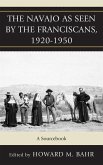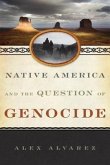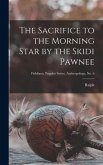It was indeed possible for Indians and Europeans to live peacefully in early America and for Indians to survive as distinct communities. Faith and Boundaries uses the story of Martha's Vineyard Wampanoags to examine how. On an island marked by centralized English authority, missionary commitment, and an Indian majority, the Wampanoags' adaptation to English culture, especially Christianity, checked violence while safeguarding their land, community, and ironically, even customs. Yet the colonists' exploitation of Indian land and labor exposed the limits of Christian fellowship and thus hardened racial division. The Wampanoags learned about race through this rising bar of civilization - every time they met demands to reform, colonists moved the bar higher until it rested on biological difference. Under the right circumstances, like those on Martha's Vineyard, religion could bridge wide difference between the peoples of early America, but its transcendent power was limited by the divisiveness of race.
Hinweis: Dieser Artikel kann nur an eine deutsche Lieferadresse ausgeliefert werden.
Hinweis: Dieser Artikel kann nur an eine deutsche Lieferadresse ausgeliefert werden.
'David J. Silverman's deeply researched and gracefully written study of the Christian Wampanoag Indians of Martha's Vineyard makes a significant contribution to the growing body of literature on the Indians of early America. … This elegantly written, exhaustively researched book deserves a wide readership and is sure to have a lasting impact on our understanding of the role of Christianity in early American Indian history.' The Journal of Ecclesiastical History








